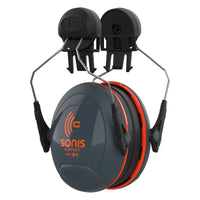Hearing Protection
If you work in the construction industry, you will need to use personal protective equipment (PPE) to ensure you do not damage your hearing. Unfortunately, the risk of hearing damage due to excessive noise exposure is not just limited to those in the construction industry.
Read more










































